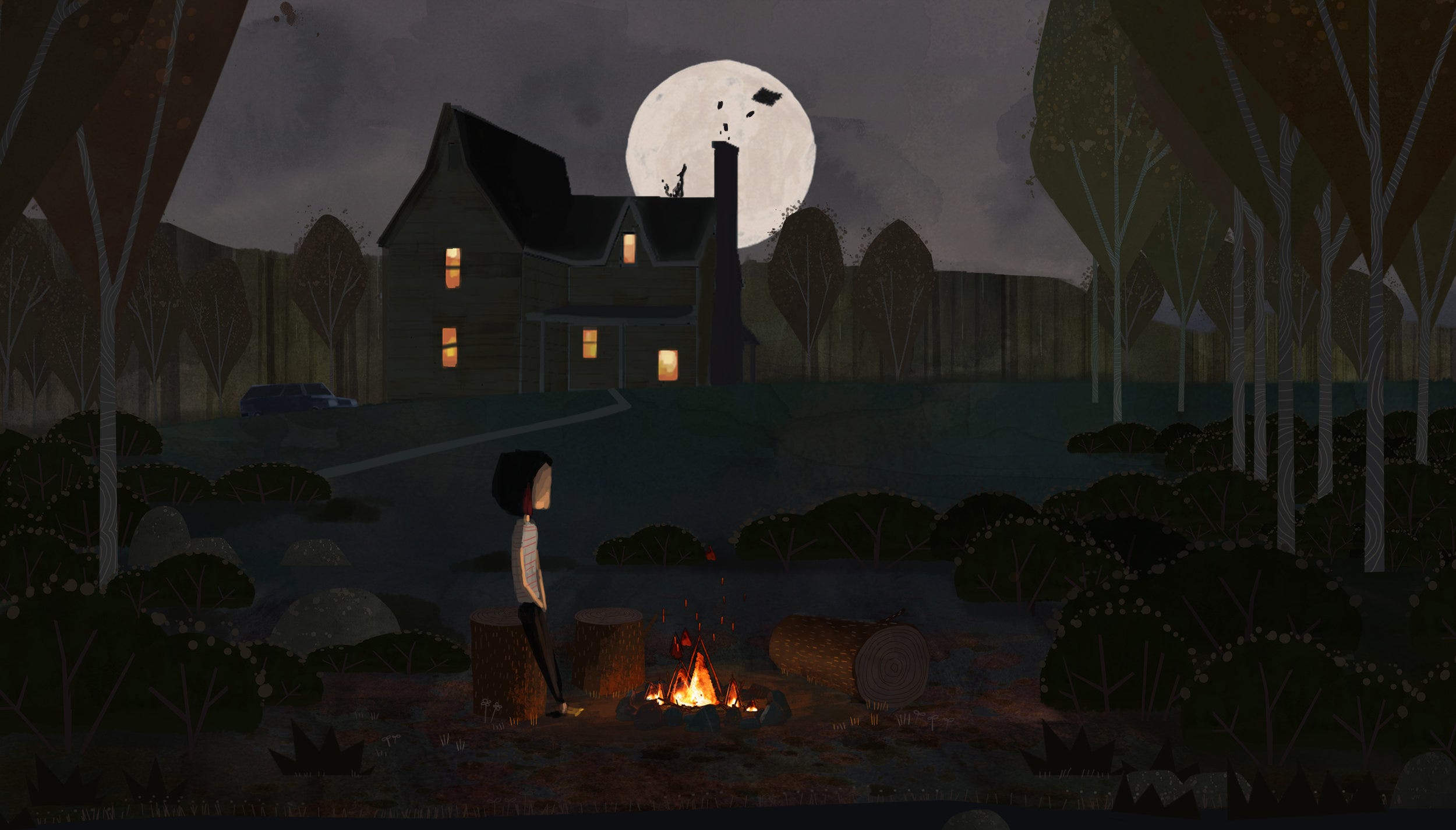Fable Studio Shares Lessons From ‘Wolves In the Walls’ (Feature)
The third chapter of the episodic VR story hits the Rift today


Fable Studio’s Emmy winning Wolves in the Walls, an episodic VR adaptation of the Neil Gaiman and Dave McKean story, reaches its conclusion today with the release of the third and final chapter for the Oculus Rift and Rift S.
More than just an attempt to bring a story from a beloved author into a new medium, Wolves became Fable Studio’s first public foray into creating a “virtual being”: a digital character that feels, for lack of a better term, real. Or at least as real as an animated figure can. (Although, let’s be honest, some animated characters feel realer than people sometimes.)
To get there the veteran animators and filmmakers at Fable Studio — whose careers have spanned everything from Pixar films to the Star Wars saga — had to expand their horizons. As producer Jessica Yaffa Shamash explained it’s a matter of “not going with what you know but letting yourself be open to other mediums, other people’s expertise.“
The team connected with cognitive scientists and immersive theatre creators, the later in the form of Third Rail Projects, creators of the legendary Then She Fell, who worked on the choreography for the performance capture in Wolves.
“We were always infinitely jealous of their ability to improvise,” said director Pete Billington, “and that was our ambition from the beginning with Lucy was to create an actress rather than a character. And [Third Rail] were always jealous of our ability to manipulate space in ways the physical world couldn’t, and we’ve been listening to that and really trying to pay it off. What does VR allow us to do that we could never do in a real, physical set, and trying to double down on that.”
The storytelling in chapter three explores those possibilities, exploring different ways of putting the audience inside of the character’s heads and playing with the lack of physical limitations.
Get Noah J Nelson’s stories in your inbox
Join Medium for free to get updates from this writer.
SubscribeSubscribe
Billington and Shamash turned to immersive theatre as a touchstone more than once on the project, and discovered that what worked in one medium didn’t always transfer cleanly into the other.
“One of our early hypotheses was that much like in Sleep No More we felt like there’s this potential in immersive media and VR to tell backstory and exposition through object interaction,” said Billington. “You open a drawer and there’s a letter and you can read the letter. You can get a sense of the narrative through this sort of disconnected interaction which I think is lovely and in a longer format may still be a very successful way to add interactivity to a narrative. But what we discovered when we wanted also to have the pacing and energy of a three act structure along a shorter timeline — say half an hour, 45 minutes, and hour of engagement — that those things completely distract you from narrative.”
“The thing that we learned is that if you want to add interaction to narrative, it always has to be at the service of connecting you directly to the character, or advancing the storyline in the moment. That was a big, deliberate learning cycle and it took six months of failure and trial and error to arrive at this conclusion.”
Building out the three chapters of Wolves was an iterative process, one that transformed based on audience reaction.
“Maybe this is true in theatre, too, I hope it’s true in theatre,” said Billington, “but as you see the audience react, because we’re working in a real-time medium we can always change and tweak. The chapter one that people see today is not quite the chapter one that they saw at Sundance a year and half ago because we’ve learned things and gone back and changed and updated. That’s all based on observation.”
With an Emmy under their belt for Wolves and the third chapter finally in commercial release, Fable Studios has started down the path of developing virtual beings both in the entertainment field and beyond. The company is also the organizer of the Virtual Beings Summit, the next instance of which is November 19th in LA.
The unedited audio recording of this interview has been archived for a select group of our Patreon backers.
NoPro is a labor of love made possible by our generous Patreon backers. Join them today!
In addition to the No Proscenium web site, our podcast, and our newsletters, you can find NoPro on Twitter, Facebook, YouTube, Instagram, in the Facebook community Everything Immersive, and on our Slack forum.
Office facilities provided by Thymele Arts, in Los Angeles, CA.